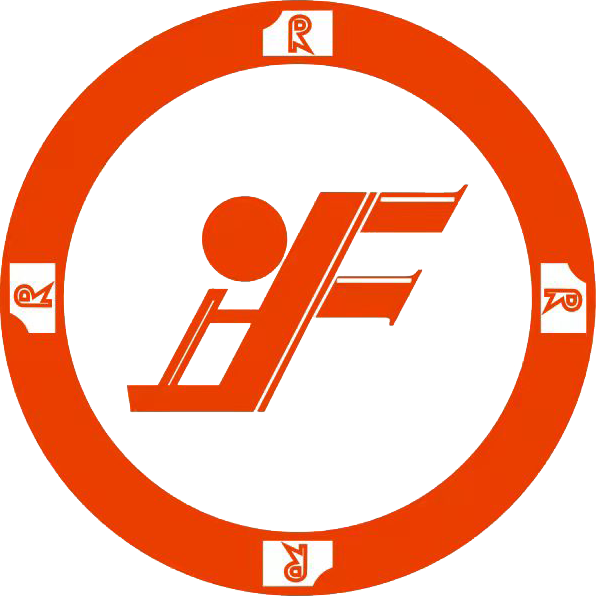In the realm of precision engineering in Russia, high-quality tool steel plates play a pivotal role. These plates, known for their durability, strength, and resistance to wear, are indispensable in the manufacturing and machining sectors. This article delves into the characteristics, applications, and selection criteria of tool steel plates, catering specifically to the needs of the Russian market.
Understanding Tool Steel Plates
Tool steel is a specific type of steel that is made for manufacturing tools. These steels are designed to be hard and resistant to abrasion, making them ideal for use in metal cutting, forming, and shaping tools. In Russia, where the engineering sector is highly developed, the demand for tool steel plates has significantly increased.
Typically, tool steel plates are categorized into various types, each serving different functions:
Cold Work Tool Steels: Utilized for cutting tools and dies.
Hot Work Tool Steels: Suitable for working with hot metals.
High-Speed Steels: Known for their resistance to high temperatures during cutting.
Key Characteristics of High-Quality Tool Steel Plates
When considering tool steel plates, several key characteristics must be evaluated:
Hardness: Tool steel should have a hardness rating that meets the requirements of the specific application.
Toughness: They must withstand shock and resist cracking under stress.
Wear Resistance: Essential for maintaining the quality of the cutting edge and prolonging tool life.
Heat Resistance: Important for applications involving high-temperature exposure.
Applications of Tool Steel Plates in Russia
Tool steel plates serve various industries in Russia, including:
Aerospace: Used in manufacturing parts that require high precision and durability.
Automotive: Crucial for creating molds and dies.
Mold Making: Ideal for plastic injection and blow molds.
Manufacturing: Essential in the production of stamping dies and machining tools.
Choosing the Right Tool Steel Plate
Selecting the appropriate tool steel plate can significantly impact the efficiency and effectiveness of manufacturing processes. Here are essential factors to consider:
Material Specifications: Understand the grades and classifications of tool steel.
Manufacturing Processes: Match the tool steel with specific manufacturing needs, whether it be cutting, shaping, or forming.
Supplier Reputation: Source steel plates from reputable suppliers to guarantee quality.
Cost Consideration: While cheaper options might seem appealing, investing in high-quality steel can reduce long-term operational costs.
Conclusion
In summary, high-quality tool steel plates are vital for the precision engineering sector in Russia. With their unmatched qualities, they ensure enhanced performance and longevity in various applications. Understanding the characteristics and effective selection processes for these materials can lead to better manufacturing outcomes, optimizing productivity and reducing costs. As industries continue to evolve, the need for superior tool steel will only increase.
FAQs
Q1: What types of tool steel are most common in Russia?
A1: Common types include cold work, hot work, and high-speed steels, each tailored for specific applications.
Q2: How do I ensure the quality of tool steel plates?
A2: Always source from established suppliers, check for certifications, and review material test reports.
Q3: What are the benefits of using high-speed steel?
A3: High-speed steel offers exceptional temperature resistance, making it ideal for high-performance cutting tools.
Q4: Can tool steel plates be recycled?
A4: Yes, tool steel can often be recycled, contributing to sustainability in manufacturing processes.
Q5: What is the typical lifespan of tool steel plates?
A5: The lifespan varies based on usage, but high-quality tool steel plates can last significantly longer when properly maintained.
High_Quality Tool Steel Plates Essential for Precision Engineering in Russia
